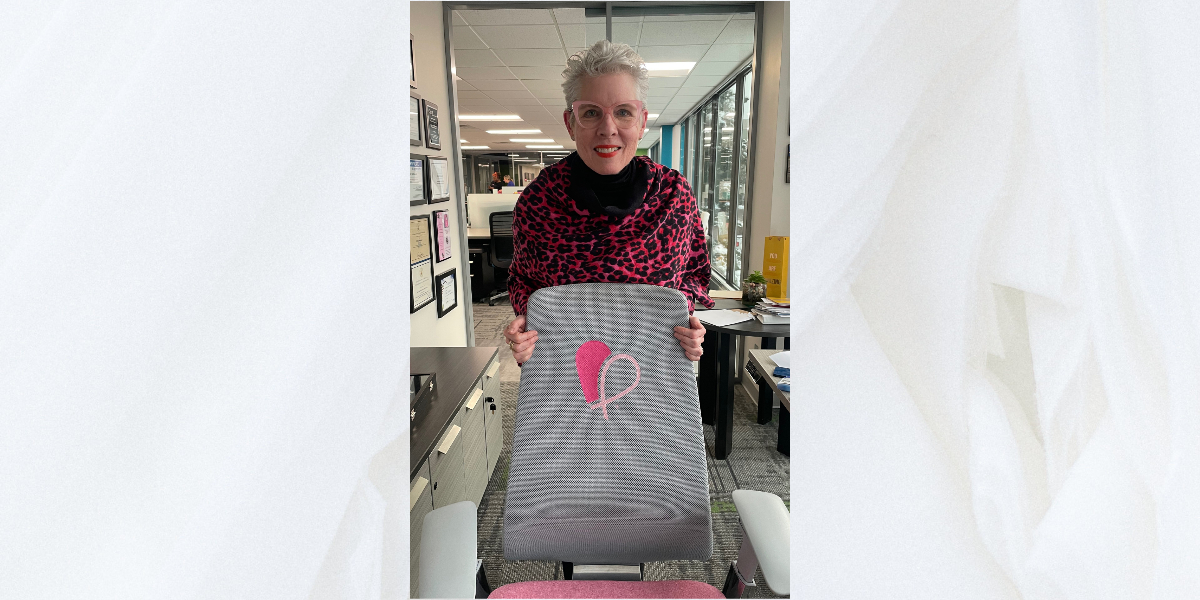In the challenging economic landscape of August, small businesses across the United States faced persistent hurdles, from the relentless grip of inflation to the difficulties of recruiting qualified personnel. A recent survey conducted by the National Federation of Independent Business (NFIB) reveals the somber mood prevailing among these entrepreneurs. This comprehensive report delves into the key findings of the survey, shedding light on the myriad issues plaguing small businesses.
Small Business Sentiment Dips in August
The optimism that had been slowly on the rise for three consecutive months took a downturn in August, leaving small business owners concerned about their prospects. Notably, this marks the 20th successive month that sentiment has remained below the 49-year average of 98. As expectations for improved business conditions over the next six months deteriorated by seven points compared to July, it became evident that optimism was still struggling to emerge from recessionary levels.
Challenges in Hiring
One of the prominent challenges faced by small business owners is finding qualified candidates to fill job openings. Last month, 40% of small business owners reported difficulty in filling job vacancies. While this figure represented a slight improvement from July, it still remained historically high. The shortage of skilled workers continues to be a significant roadblock for Main Street.
Inflation Persists Amid a Weaker Economy
Inflation, a persistent concern, showed some signs of slowing in recent months, thanks in part to the Federal Reserve’s aggressive interest rate hikes. While the August Consumer Price Index from the Labor Department was highly anticipated as a gauge of inflation, the U.S. economy demonstrated resilience. Consumer spending surged by 0.8% in July, and retail sales also showed a positive trend during that month.
However, American consumers grapple with several economic challenges in the current year, including the resumption of student loan payments, dwindling savings, reduced access to new credit, and the prospect of additional interest rate hikes. The latest “Beige Book” report from the Fed, based on business surveys, suggests that many firms are preparing for weaker consumption in the months ahead, particularly in sectors that experienced a surge after the pandemic-era shutdowns.
Hope for a Soft Landing
Despite these headwinds, there is optimism that the U.S. economy may avoid a sharp downturn. Some economists, such as those at Goldman Sachs, have become more optimistic about the possibility of a soft landing, where inflation gradually slows down without a significant increase in unemployment. This optimism stems from the economy’s surprising resilience.
Simona Mocuta, Chair of the American Bankers Association’s Economic Advisory Committee and Chief Economist at State Street Global Advisors, emphasized the importance of the ongoing battle against inflation. However, she also noted a better balance between supply and demand across various sectors, indicating a positive trend toward disinflation.
Takeaway
In summary, small businesses in the United States are grappling with persistent challenges, including inflationary pressures and difficulties in hiring. Despite these hurdles, the economy demonstrates resilience, offering hope for a soft landing in the face of ongoing inflation concerns.






